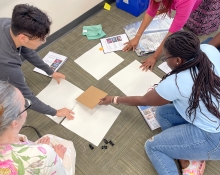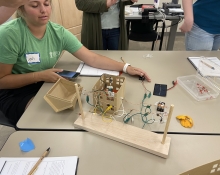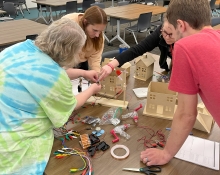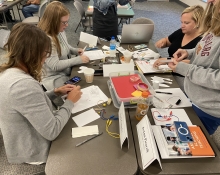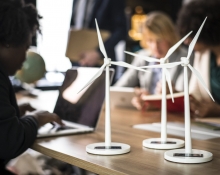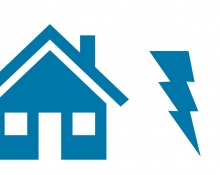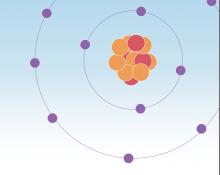Norcross, GA -- Gwinnett County Regional Clean Energy Teacher Training
CE partnered with Gwinnett Clean & Beautiful, Georgia Green & Healthy Schools, Green Cell Atlanta, Gwinnett School District, and Georgia Gwinnett College to deliver a regional teacher training in the summer of 2023 focused on renewable energy and engineering topics. Collaborating with this diverse range of partners, CE aligned with local standards and activity needs to provide a training that facilitated quick and easy usage of new hands-on materials and STEM activities. The workshop also included pre-service teachers from the university. This workshop laid the foundation for... Read full project narrative >>

